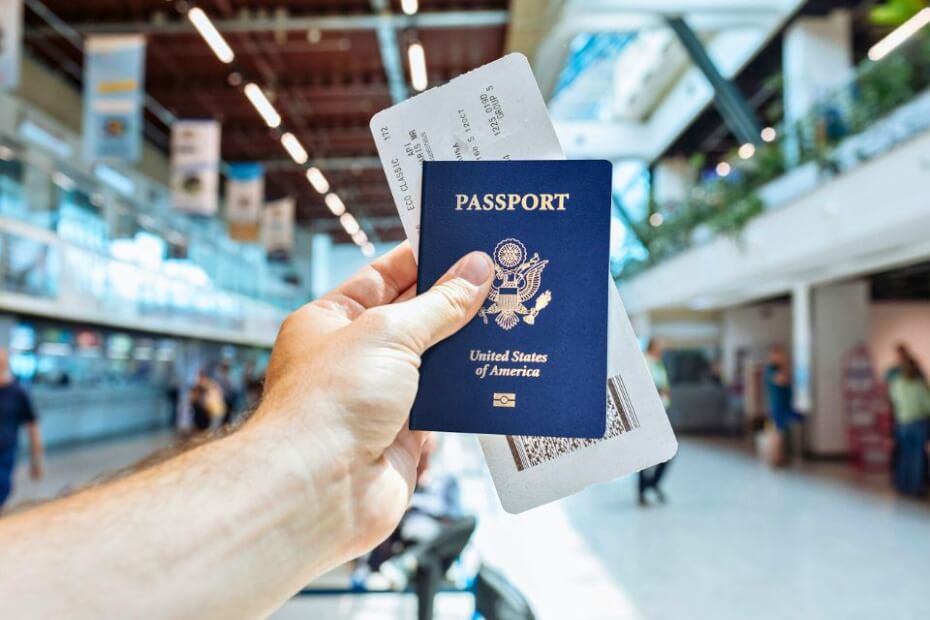
As the UK’s Electronic Travel Authorization (ETA) is relatively new, many travelers who plan to visit the country typically have questions about how the system works and how it will affect their travel.
The ETA is a new digital travel permit system for travelers who can visit the UK without a visa. It costs £10 per application and is valid for multiple visits over two years or until the passport it is linked to expires.
Here are some changes we foresee for travelers using an ETA:
1. You will receive the results of your ETA application via email within three days after submitting it.

A UK ETA is typically granted within three days of submitting an application. Receiving an ETA refusal will also take about the same time.
Applicants will receive a decision on their UK ETA applications through the email address they have provided in the online application form.
Some applicants may receive a decision within hours of submitting the application form. Others may wait more than three days. (Know why a UK ETA application may be under review and take longer.)
ETA applications are entirely digital and are completed through the UK government website or app.
Åpplicants can provide personal details, answer security questions, and pay for the ETA application online. They do not need to visit visa centers to apply for or claim their ETA.
Still, ETA applicants are advised to apply for an ETA before booking their travel to the UK or at least three days before their trip.
2. You can still apply for a UK visa if your ETA application has been denied.
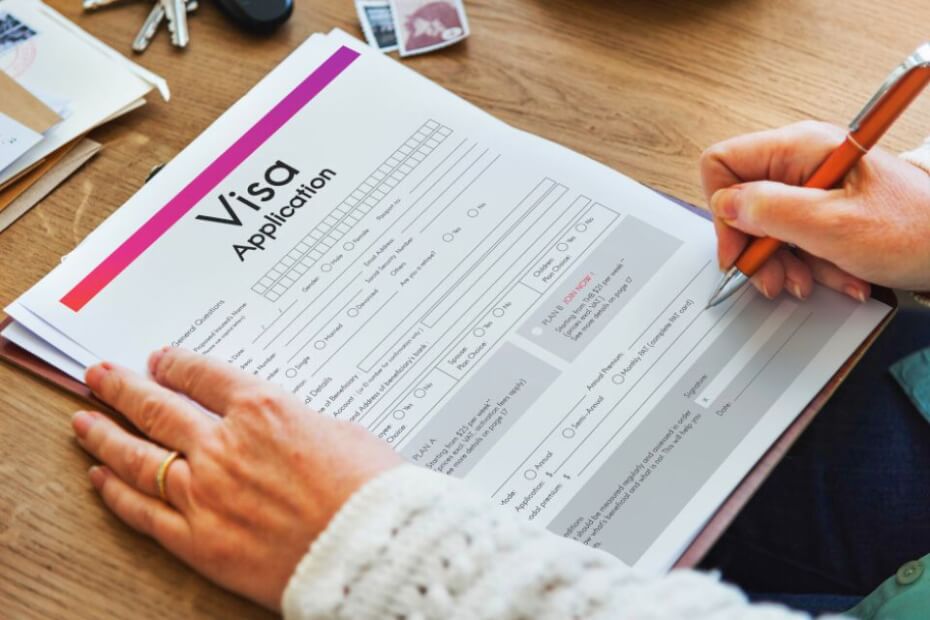
Applicants who were denied an ETA are not necessarily prohibited from traveling to the UK. It simply means that the ETA system could not determine whether or not they are eligible to visit the country.
Those denied an ETA should apply for a UK visa instead to have their eligibility assessed further. The alternatives for a UK ETA are a Standard Visitor visa, a Temporary Creative Work visa, or a Transit visa.
3. Your approved ETA will be digitally linked to your passport.
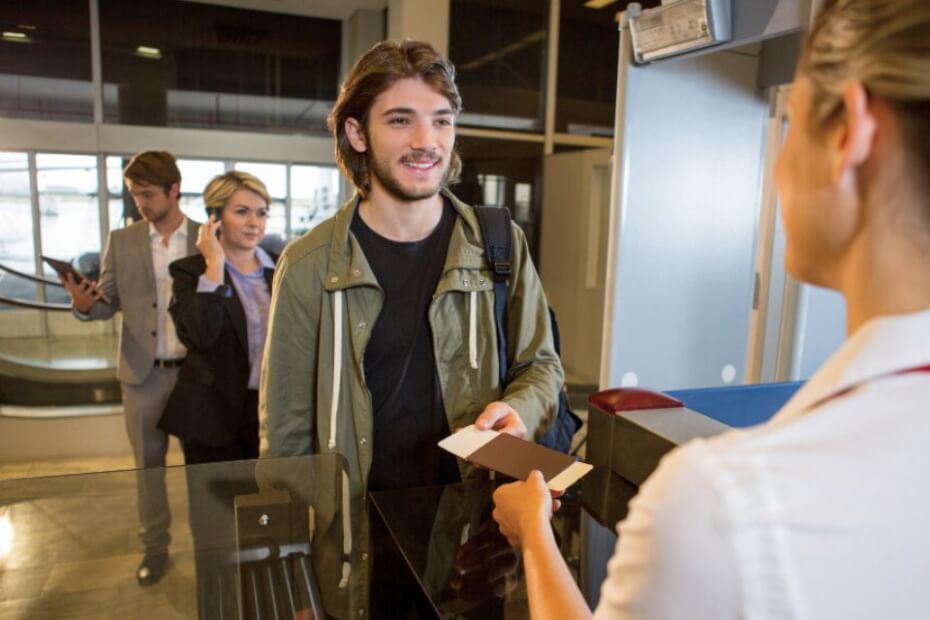
Applicants who are granted a UK ETA do not need to do anything after the approval. The ETA will be digitally linked to their passport.
Travelers may still print their ETA decision email and bring it with them when they travel to the UK in case any issues arise. However, this is optional.
When the UK ETA or the passport it is linked to expires, the holder must reapply for a new ETA to continue being allowed to come to the UK.
If travelers change their details, such as name, gender, etc, they must also reapply for a new ETA.
4. How your UK ETA will be checked depends on your mode of transportation.
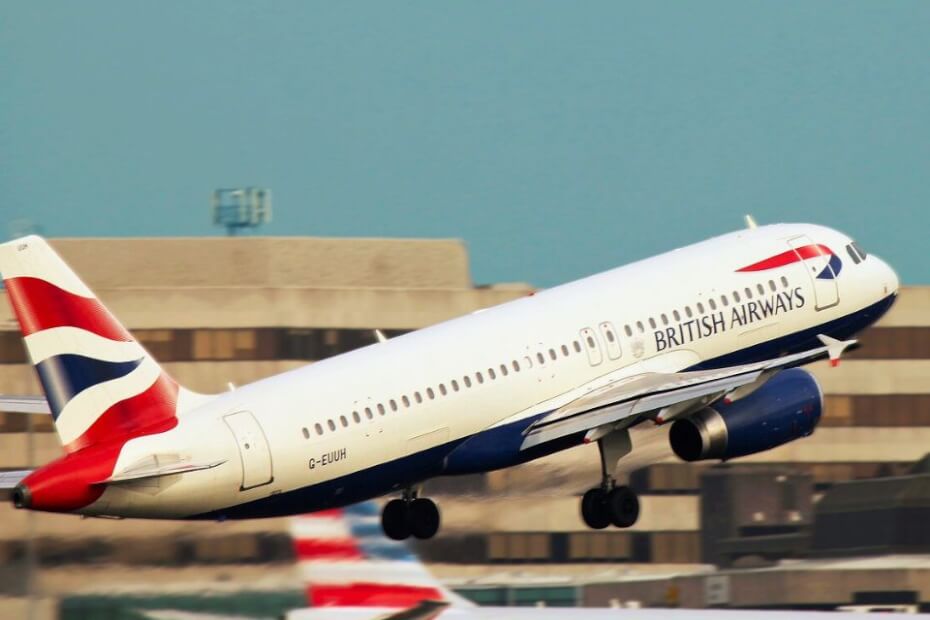
| Mode of transportation to the UK | How the UK ETA will be checked |
| Coming to the UK by plane | Airline companies will verify passengers’ ETA before boarding. |
| Arriving in the UK by ferry | Ferry companies will verify passengers’ ETA before boarding. |
| Passing through borders with juxtaposed controls, such as • Ferries from France to Dover • Eurostar trains to London • Eurotunnel Shuttle to Folkstone | UK Border Force officers will check travelers’ ETA before departure while still outside the UK. |
| Traveling to the UK via the Common Travel Area (CTA) or the Republic of Ireland, Guernsey, Jersey, and the Isle of Man | Non-visa nationals are expected to have an ETA, though no routine immigration checks are performed when traveling in the CTA. |
For many travelers, carriers, such as airlines and ferry companies, are responsible for verifying passengers’ ETAs before allowing them to board a flight or ship bound for the UK.
For travelers who will pass through borders with juxtaposed controls, such as ferries from France to Dover, Eurostar trains to London, and Eurotunnel shuttles to Folkestone, UK Border Force officers will check travelers’ ETAs before departure and while still outside the UK.
Those traveling to the UK from the Republic of Ireland are not subject to routine immigration checks. This is due to the Common Travel Area (CTA) Agreement, which allows free travel between the UK, the Republic of Ireland, Guernsey, Jersey, and the Isle of Man.
However, visa-exempt UK-bound travelers are still expected to have a valid ETA. This includes tourists traveling to Northern Ireland from the Republic of Ireland and other non-visa nationals traveling to the UK.
Checking if travelers have a valid ETA before coming to the UK ensures that all travelers have the necessary permission before stepping on UK soil.
5. Carriers and border officials can verify your ETA by scanning your passport.
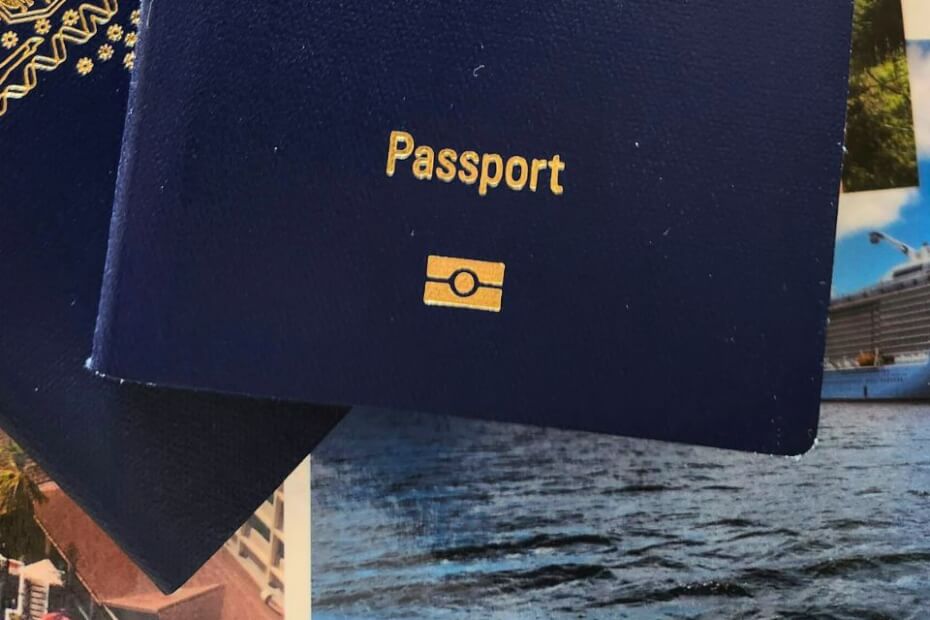
Carriers such as airlines, maritime companies, railway operators, and border officials can check travelers’ permissions, such as ETAs, visas, and immigration statuses, by scanning their passports.
The UK government uses the Advance Passenger Information (API) system to check the permissions of travelers coming to the country. The same system also notifies carriers and border officers of passengers’ permissions.
Carriers can only allow boarding to travelers with valid ETAs, or they may be liable for a penalty charge. Those who do not have an ETA or visa will not be able to board their plane, ferry, or train and come to the UK.
Individuals who have applied for an ETA but are still waiting for the decision on their application will also be refused boarding. This is why applying for an ETA before booking travel to the UK is crucial.
How can travelers show proof of exemption from the ETA?
| Travelers Exempt from ETA | Proof of Exemption |
| British, Irish, and British Overseas Territory citizens | Valid British, Irish, and British Overseas Territory passports |
| Those with an eVisa or a digital record of UK immigration status | Valid passport that is linked to their UKVI account |
| Those with physical UK immigration status | Valid biometric residence permits (BRPs), wet ink stamps, or vignette stickers on their passport *Switch to eVisa by making a UKVI account ASAP. |
| Legal residents of the Republic of Ireland who are non-visa nationals and are traveling to the UK via the CTA | Valid proof of legal residency in Ireland: • Irish driving license • Irish learner permit • medical card • GP visit card • European Health Insurance Card • Irish Residence Permit • Permanent Residence Certificate • National Age Card |
Individuals with British, Irish, and British Overseas Territories passports only need to present their passports to show evidence of their ETA exemption.
Individuals with a digital online record of their UK immigration status, or an eVisa, can also prove their exemption to the ETA scheme through their passports.
It’s important to note that those with eVIsas should have their passports linked to their UK Visa and Immigration (UKVI) account and keep their account updated to avoid travel delays.
Those with UK immigration status can also show physical documents that prove their permission to enter and remain in the country. These include biometric residence permits (BRPs) and other physical records, such as wet ink stamps or vignette stickers.
However, these physical documents will soon be obsolete, and they should work on securing an eVisa as soon as possible.
A special ETA exemption is also provided for lawful residents of Ireland who do not need a visa to come to the UK and are traveling via the Common Travel Area.
They must prove that they are legal residents of Ireland by showing any of the following documents:
- Irish driving license
- Irish learner permit
- medical card
- GP visit card
- European Health Insurance Card
- Irish Residence Permit
- Permanent Residence Certificate
- National Age Card
Children under 16 do not need to provide any of the above. However, border authorities may question the children or an adult traveling with them to determine if they are residents of Ireland.
6. Advance Passenger Information (API) is used to confirm if a traveler has valid permission to visit the UK.
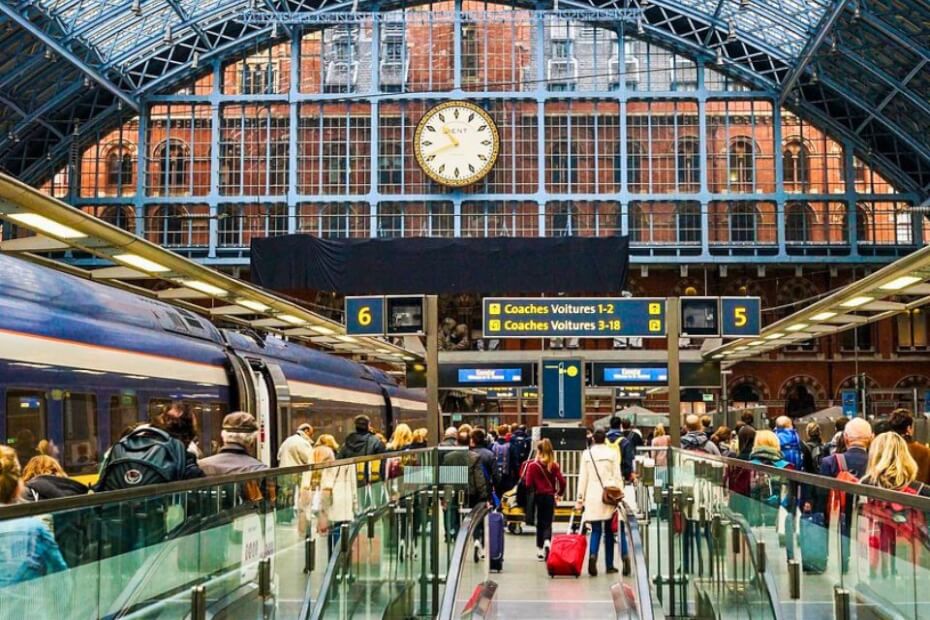
The Advance Passenger Information (API) contains a passenger’s full name, gender, date of birth, nationality, type of travel document and its number, country that issued the document, and expiry date.
After scanning travelers’ passports, carriers will receive confirmation from the UK Home Office regarding each individual’s permission to be carried to the UK.
The confirmation will state whether:
- the individual has permission and may be carried;
- the individual does not have permission and may not be carried; or
- the carrier needs to determine the individual’s permission.
Those with a valid ETA, visa, or eVisa linked to their passport will receive confirmation that they may travel to the UK. The carrier must then verify the travelers’ identities before boarding.
When the API prompts that one’s permission needs to be determined, the carrier must check for physical proof of the traveler’s permission before allowing the passenger to board.
Travelers should then show proof of their right to enter and remain in the UK. Only those who can present a valid document proving their rights or exemption from the ETA system will be allowed to board.
The same applies to travelers whose API confirmation states they cannot be carried to the UK.
7. Having an ETA does not guarantee entry into the UK.
Upon arriving in the UK, travelers with an ETA must still submit to identity and passport checks by UK Border Force officers.
They may still be turned away or refused entry into the country if they fail a border check or if they fail to meet other entry requirements.
While it is unlikely that a traveler with a valid UK ETA will be refused entry into the UK, the final decision lies with the UK Border Force.
If there are any doubts regarding the traveler’s identity, passport, or UK ETA, there is a possibility of detention and deportation to the point of origin. In more severe cases, the traveler may even be arrested and charged.

